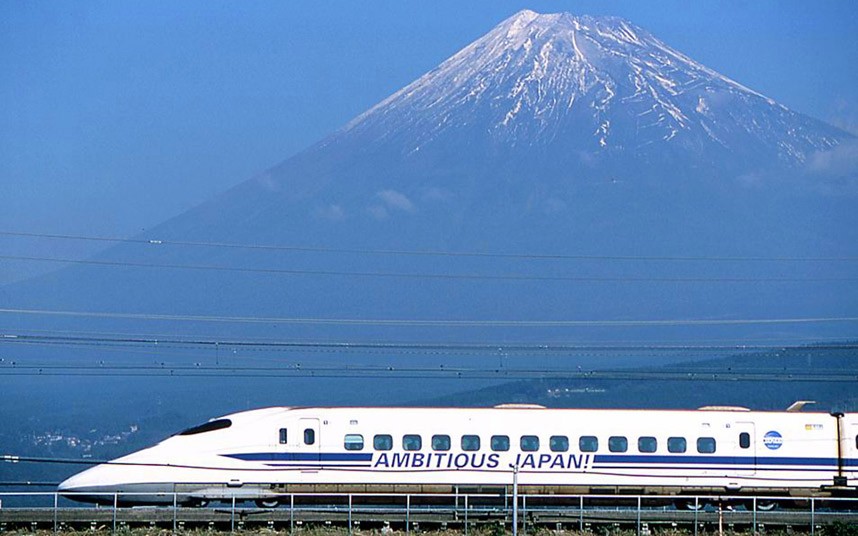If you had the power to travel over 400 kilometres in less time than it takes to watch the nightly news – without using a single tank of petrol – how would it change your life? Would it be easier to work and maintain relationships with friends, family and loved ones? Well, the Japanese are about to find out with their magnetic levitation train.
In April of this year, the country’s highly anticipated maglev magnetic train (a portmanteau of ‘magnetic’ and ‘levitation’) made its maiden trip, covering 1.8km in just 11 seconds, and reaching speeds of 603km/h, breaking its own previous 12-year record of 581km/h.
If you’ve never experienced high-speed rail before, maglev trains feature not only faster arrival times, but also a quieter and, somewhat unbelievably, a smoother ride. It’s hoped that once the infrastructure for Japan’s maglev train is completed, people will be able to travel the 400 kilometres from Tokyo to Osaka in roughly an hour, cutting the current journey time in half.
How it works
The magnetic levitation train system works by utilizing magnetized coils running along a track (or guideway) that repel large superconducting magnets in the train’s undercarriage and allow it to levitate almost 10 centimetres off the ground. Power supplied to the coils in the guideway then creates polarizing forces that pull and push the train along. As the only resistance is air, one of the major selling points for maglev technology is less wear and tear resulting in greater longevity for infrastructure.
Japan’s technology also incorporates the use of retractable rubber wheels, which lift the train to its initial levitating speed of 50 kilometres and serves as a safety measure in the event of a power failure. Since the trains effectively “wrap” over the guideways, derailment, like what happened with China’s tragic bullet train collision in 2011, is not an issue.
Maglev magnetic levitation train in Australia?
All of these selling points do come with a hefty price tag, however, and it’s one that’s hard to swallow for most countries. Japan’s maglev train cost nearly $100bn and it’s not anywhere near completion – more than 80 percent of the guideway still needs to be constructed, which is expected to go through costly mountain tunnels – so a maglev is unlikely to grace our shores anytime soon.
In the US, however, there are some similar projects underway, most notably, the 86-kilometre ‘Pennsylvania High-Speed Maglev Project’, which would connect the Pittsburg International Airport with the city of Greensburg, and would reduce travel time from six hours by car to under two hours on the maglev.
Elsewhere, the UK has plans for a high-speed rail link, which will link the cities of London and Birmingham, and reach speeds of 400km/h, halving the travel time to under an hour and making it easier for residents to commute between both cities for work. The project will begin in 2017 and, once complete, is expected to reduce the 4.5 million flights between the two cities each year, and cut the number of cars and trucks making the journey by 9 million.
Unfortunately, for us Aussies, we’ll have to bide our time and see if the currently proposed high-speed rail link, which would theoretically connect Sydney to Melbourne, is ever likely to get off the ground. At the moment, it has only the backing of corporate highflyer and head of the Government’s Business Advisory Council, Maurice Newman.
In the meantime, our eyes are well and truly trained on Japan’s maglev train. After all, it levitates for crying out loud!








